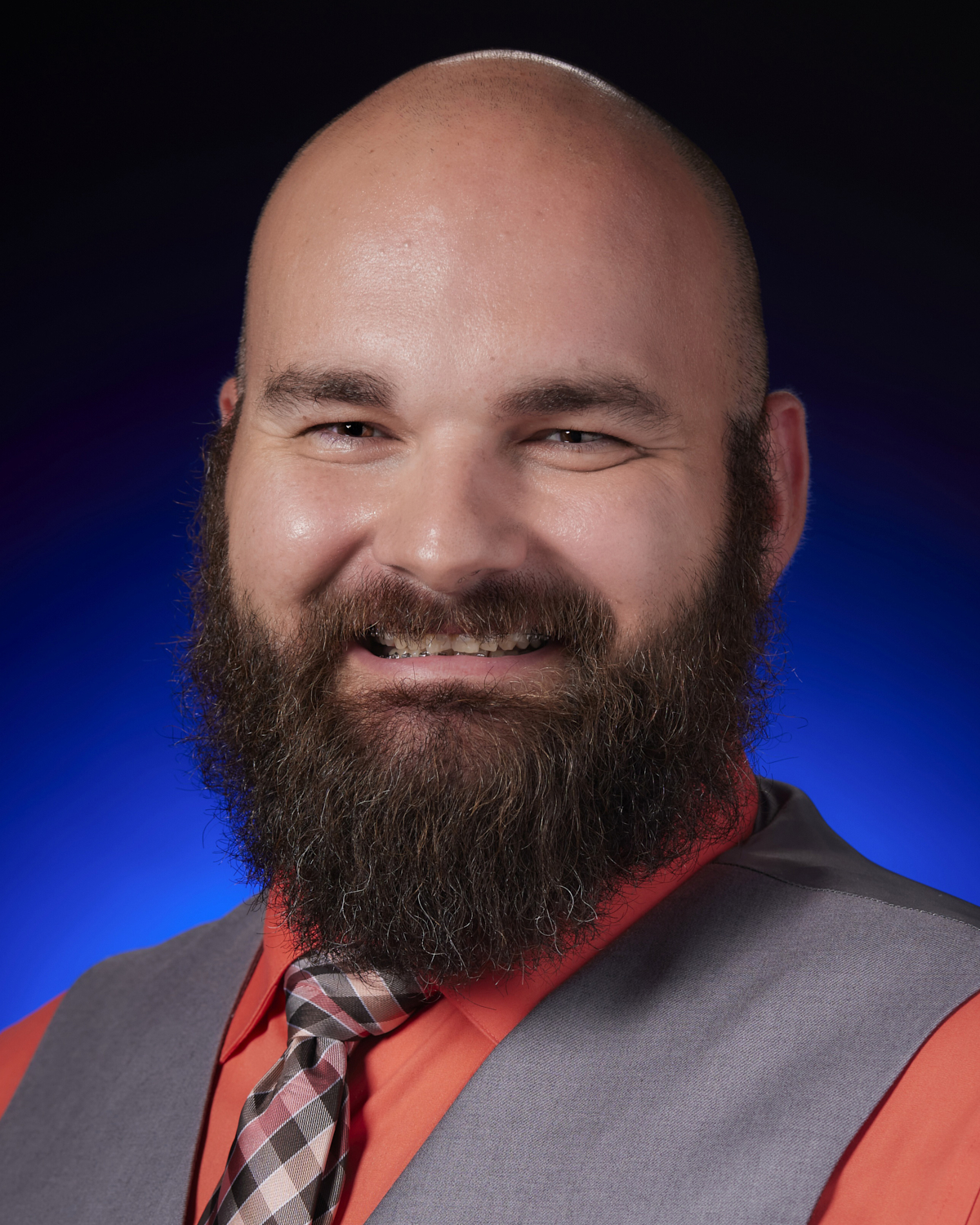It’s important for dental students to be exposed and having the ability to learn how to use intraoral scanners in the early stages of dental school. This exposure provides students with the opportunity to refine their techniques before entering the clinic. If dental students are provided with the opportunity to digitally design early in their dental education it will allow them to approach challenging cases in entirely new ways. Students also learn more efficient, cost-effective ways of patient care and better understand the business side of practicing dentistry.
The introduction of intraoral optical scanning allows the current anatomic situation to be digitized, enabling chairside or laboratory fabrication of restorations, to plan oral rehabilitations with a set-up, and/or to superimpose the situation with 3-dimensional radiography. Diagnosing, treatment planning, and restoration design are just a few advantages of digital dentistry. Understanding the importance of digital technologies working together is extremely important in regards to effective application and outcomes in patient care and education.
It is critical to introduce 3D education programs into the dental curriculum to enhance students’ spatial ability, their interactivity, critical thinking, and clinical correlations with the integration of multiple dental disciplines. Augmented reality in 3D visualization allows insights in tooth morphology, and also facilitates treatment planning with fixed or removable partial denture programs. Digital technologies also include the 3D printing of virtual teeth. If students understand 3D printing of virtual teeth it may enhance transparency for all students due to the identical setups.
Students today have to be prepared for digital dentistry. I also believe that they still need to acquire the knowledge of conventional treatment strategies and processes. When exposed to digital dentistry, students seem to be heavily engaged and they seem very eager to learn the current digital dentistry technology that is available. Because students have so much exposure to technology in other areas of their educational journey, they should adapt easily to the digital dentistry design software, Intraoral Scanners, 3D Printing and Milling options.
Faculty and students can work together to incorporate innovative technologies to provide the best dental graduates in the world. Faculty could also benefit from objectively standardized evaluation of students’ performance, which could be used for quality enhancement.
If you are interested in discussing your digital dentistry technology options, please contact me.
References
Garrett PH, Faraone KL, Patzelt SB, Keaser ML. Comparison of Dental Students' Self-Directed, Faculty, and Software-Based Assessments of Dental Anatomy Wax-Ups: A Retrospective Study. J Dent Educ. 2015 Dec;79(12):1437-44. PMID: 26632298.
Greany TJ, Yassin A, Lewis KC. Developing an All-Digital Workflow for Dental Skills Assessment: Part II, Surface Analysis, Benchmarking, and Grading. J Dent Educ. 2019 Nov;83(11):1314-1322. doi: 10.21815/JDE.019.133. Epub 2019 Jul 22. PMID: 31332041.
Lee C, Kobayashi H, Lee SR, Ohyama H. The Role of Digital 3D Scanned Models in Dental Students' Self-Assessments in Preclinical Operative Dentistry. J Dent Educ. 2018 Apr;82(4):399-405. doi: 10.21815/JDE.018.046. PMID: 29606657.
Zitzmann NU, Matthisson L, Ohla H, Joda T. Digital Undergraduate Education in Dentistry: A Systematic Review. Int J Environ Res Public Health. 2020 May 7;17(9):3269. doi: 10.3390/ijerph17093269. PMID: 32392877; PMCID: PMC7246576.
https://onlinelibrary.wiley.com/doi/full/10.1111/jopr.12527
https://dentistry.unc.edu/2022/05/digital-training-improves-dental-care-turns-students-into-inventors/











Leave a comment